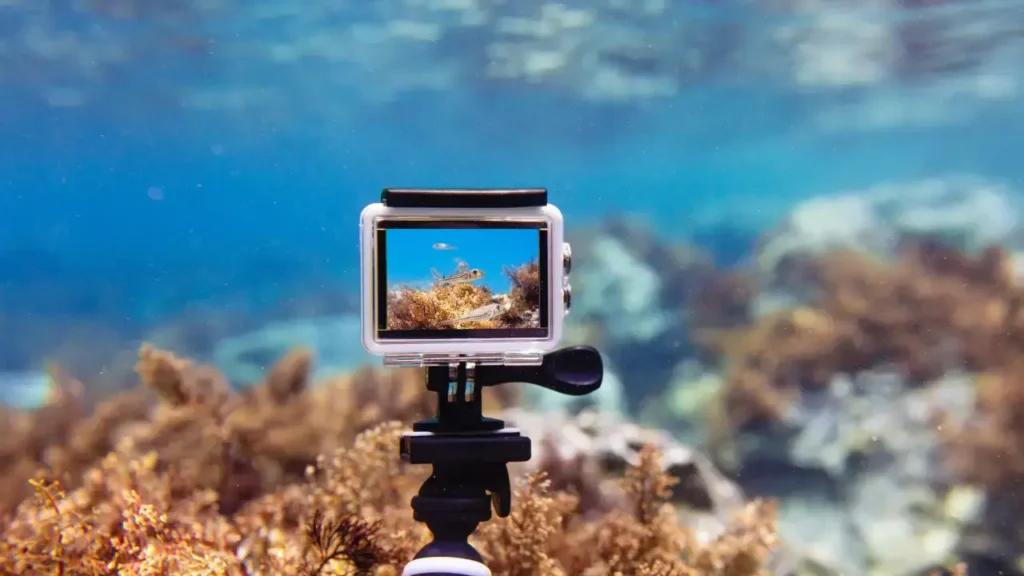Introduction
As a recreational scuba diver, I’ve often dreamt of the perfect underwater camera while lamenting the shortcomings of the current options on the market. From my experience, here’s a detailed exploration of what a truly useful small underwater camera should offer.
Essential Features of the Ideal Underwater Camera
1. Housing and Depth Rating
Depth Rating: A camera’s depth rating is crucial, not just for water resistance but also to ensure it operates normally at specified depths. For recreational scuba divers, a depth rating of at least 40 meters is ideal, aligning with the PADI system’s limit. However, most divers typically operate between 25 to 30 meters.
Nikon W300 Example: The now-discontinued Nikon W300 was favored by divers for its 30-meter depth rating without needing additional housing. Its shock resistance and ease of use made it a reliable choice for underwater adventures.
Current Market Options: Many current offerings, like the OM TG-7 and Ricoh WG-6, fall short with depth ratings of 15 and 20 meters, respectively. For action cameras, the situation is even worse, with models like the DJI Osmo Action 4 rated to 18 meters and the GoPro Hero 12 Black to just 10 meters.
External Housing Issues: While external housings can extend depth capabilities, they introduce new problems. These housings, often made of acrylic, are fragile and prone to fogging, especially in hot climates. They also add bulk, making the camera less portable.
2. Image Quality
RAW File Support: Underwater environments challenge image quality due to light loss and color shift. Cameras that support RAW files are essential, as they allow for significant post-processing to correct these issues.
Video Capabilities: For video, 10-bit 4.2.2 log files are desirable, offering flexibility in color correction. High-resolution video at high frame rates (e.g., 4K at 100 fps) is also crucial for capturing smooth, detailed footage.
Sensor Size: A larger sensor, like those in the Sony RX100 series, can handle low light better and provide higher-quality images. However, the camera must still be compact enough to fit in a BCD pocket.
Lens Coating: A scratch-resistant, hydrophobic lens coating is necessary to prevent splash distortion and maintain image clarity.
3. Image Stabilization
Advanced Stabilization: Modern image stabilization, as seen in DJI and GoPro cameras, provides smooth, stable footage even in challenging conditions. Features like horizon lock are especially valuable underwater.
Current Limitations: While the TG-7 and WG-6 have electronic image stabilization (EIS), it doesn’t match the performance of high-end action cameras. The Sealife Micro 3.0 also falls short in this area.
Ideal Underwater Camera Features
Based on the analysis, here’s what an ideal underwater camera for recreational divers should include:
- Waterproof to 60 meters without external housing
- Shock and freeze-proof
- RAW capture for stills
- 10-bit 4.2.2 LOG for video
- 4K video at 100fps or higher
- Advanced stabilization (horizon lock)
- Scratch-proof, hydrophobic lens coating
- Bright, sunlight-readable screen
- Compact size and lightweight (fits in BCD pocket)
- Reliable WiFi image transfer
- Large sensor (at least 1”) with optical zoom and macro capabilities
Conclusion
While the current market has yet to offer a complete package that meets these criteria, the demand is clear. An ideal small underwater camera with these features would revolutionize underwater photography for recreational divers. Until then, divers must continue to make do with the available options and hope for future advancements.
